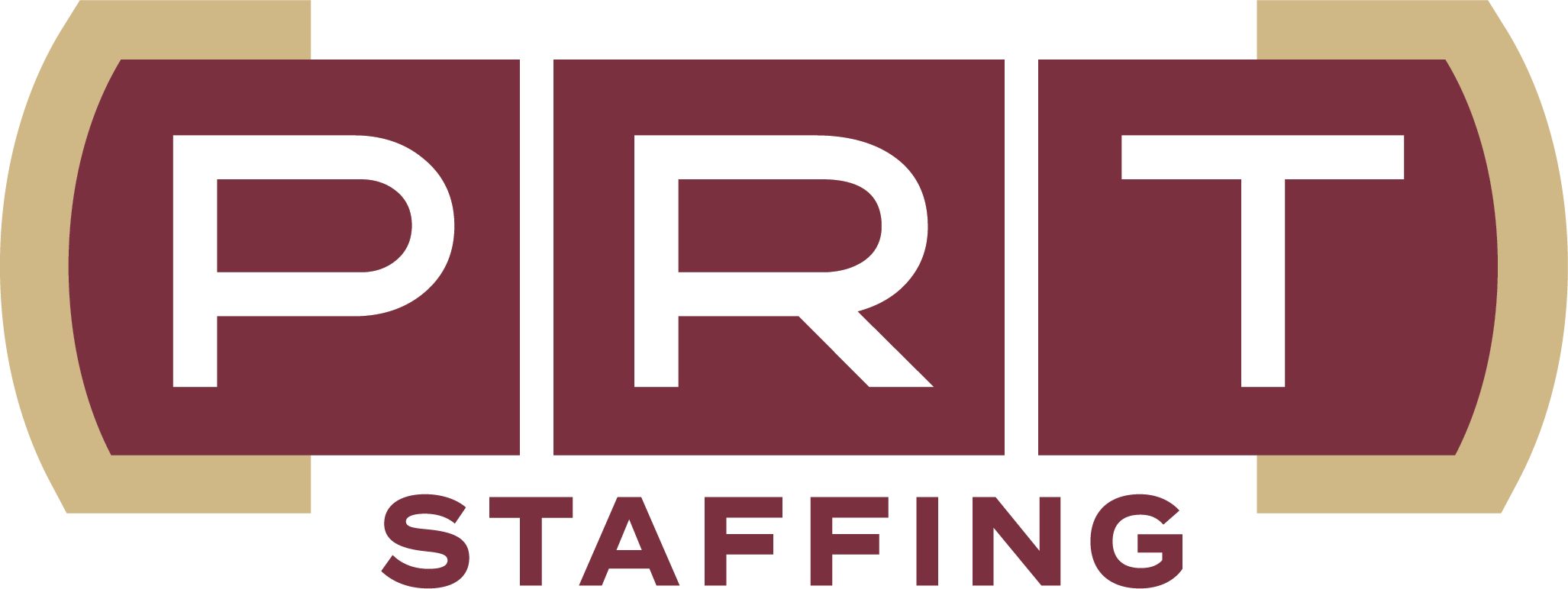6 Strategies to Recruit and Retain Highly Skilled Workers in 2023
Forget the headlines, job recruiters and companies are finding skilled labor still hard to find in 2023.
“Ever since April of last year, I’ve seen an explosion in headlines about layoffs and warnings about the labor market being weaker than it appears … but these headlines don’t align with what I, as a recruiter, am experiencing on the ground or even official labor market statistics,” writes Atta Tarki in Harvard Business Review on Jan. 30, 2023. “In fact, the economy in early 2023 is not being roiled by layoffs — which are currently abnormally low compared to historical standards. This means the labor market remains really tight, despite arguments to the contrary.”
The manufacturing sector has been hit particularly hard with the U.S. Chamber of Commerce reporting that the industry lost roughly 1.4 million jobs at the onset of the pandemic and since then construction employers have struggled to fill job vacancies with some 803,000 open manufacturing jobs in January 2023.
To make matters worse, a Deloitte and The Manufacturing Institute study found that the U.S. could have some 2.1 million unfilled jobs by 2030 because of a “manufacturing skills gap” – costing the economy some $1 trillion in lost revenue.
U.S. Tight Labor Market Continues in First Quarter
The jobs trend has continued in the first quarter of the year with Reuters reporting in March that the U.S. labor market is still tight.
“The number of Americans filing new claims for unemployment benefits edged down last week, showing no signs yet that the recent financial market turbulence following the failure of two regional banks was having an impact on the economy,” said Reuters. “The unexpected dip in claims reported by the Labor Department on Thursday suggested March could be another month of solid job growth.”
With 1.9 job openings for every unemployed person in January, employers are generally reluctant to let go of workers, and highly skilled workers are especially in demand – so much so that Fortune reported last month that “construction workers are being flown to jobs on private jets because the labor market is so tight right now.”
Hireology agrees, having surveyed nearly 1,000 recruiters, hiring managers, and HR leaders who hire skilled labor and finding that “low talent supply” is their No. 1 hiring and HR challenge.
“As technology companies struggle with layoffs, skilled labor businesses face a much different outlook. While overall employment levels have surpassed pre-pandemic levels, most employers in the sectors we surveyed still haven’t recovered the jobs you eliminated at the onset of the pandemic,” said the Hireology white paper.
6 Opportunities to Recruit and Hire a Better Skilled Workforce
Companies do not need to rush to the tarmac to gas up the Gulfstream to recruit a better-skilled workforce but can try these 6 people-focused strategies to hire and retain skilled employees:
- (Skilled) Help Wanted: Apply Within: To gain a competitive advantage, companies should rethink job marketing by tailoring job offerings to benefits that skilled workers value, according to Hireology's white paper, such as:
- Flexibility (44 percent)
- Career growth (39 percent)
- Fulfilling work (32 percent)
- Less stressful work (26 percent)
- Better culture (26 percent)
- Better insurance (23 percent)
- Better manager (21 percent)
- Mental health support (15 percent)
- Keep the Talent Pipeline Flowing: Building and nurturing relationships with talent is essential to keep the employment pipeline flowing. Employers can maintain a database of talent they have met and keep in touch with them. Some of the channels that employers should monitor for skilled talent includes:
- Career sites
- Employee referral programs
- General job boards
- Google search optimization
- Job fairs
- Niche or industry-specific job boards
- Organic social media
- Partnerships with local colleges or high schools
- DEI Matters to Gen Z: Diversity, equity, and inclusion (DEI) strategies are critical as Gen Z, which values diversity, enters the labor force. Hireology recommends defining and promoting a clear DEI strategy that includes governance, training, and education.
- Move Quickly to Snag Top Talent: HR managers should implement techniques to keep candidates engaged and moving seamlessly through the hiring process. Employers who respond quickly to new applicants have a better chance of attracting top talent.
- Quality Hires and Retention are Crucial: Quality hires and retention are crucial, and referral programs can be instrumental in finding quality hires. Companies should focus on retention challenges instead of seeking a high volume of applicants.
- Investing in Technology Can Pay Off: To compete on speed, companies should invest in technology to automate hiring and HR tasks. Automated applicant screening, interview scheduling, and digital offer letters are some options for companies to consider.
“Making the right hires in skilled labor sectors in the year ahead requires modernizing job offerings and hiring processes,” concluded the Hireology white paper saying the six strategies above are essential but should just be the start. “Leading organizations won’t stop there and will continue to think bigger and better as we head into a new post-pandemic era with a new definition of work.”
Contact PRT Staffing today for an unmatched, comprehensive solution to help you build your skilled workforce in the construction, industrial and energy, manufacturing, hospitality and events, and disaster recovery sectors.





